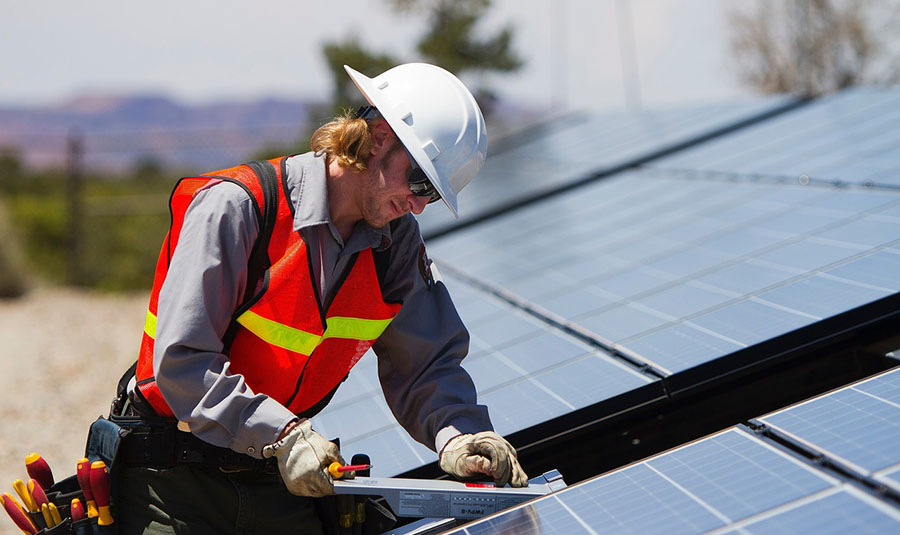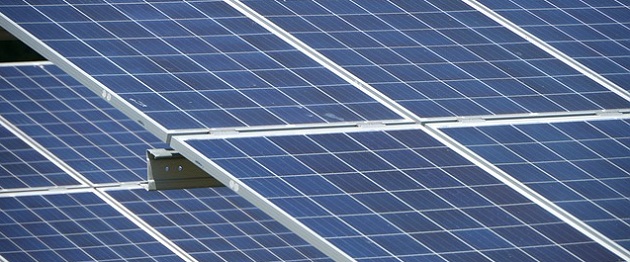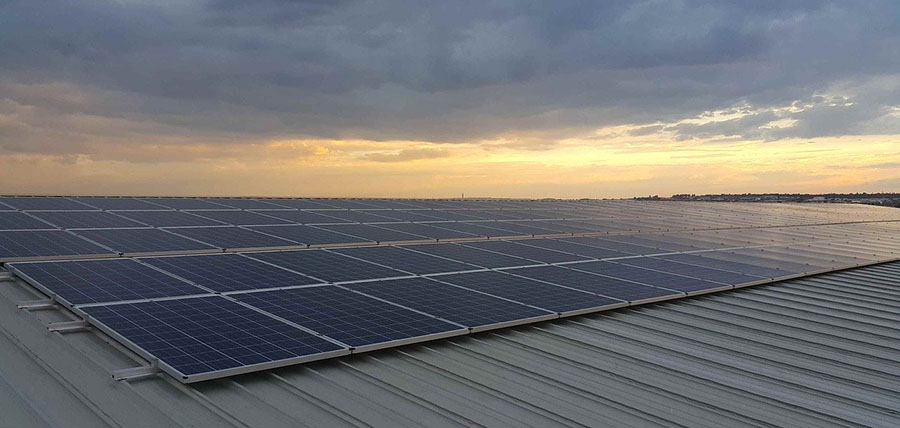 According to new research, it will be the rise in global military applications, particularly within the Department of Defense, that will shape future key areas of the clean energy sector.
According to new research, it will be the rise in global military applications, particularly within the Department of Defense, that will shape future key areas of the clean energy sector.Pike Research's, Renewable Energy for Military Applications finds that over the next 20 years global military investments in renewable energy, including solar, wind and geothermal, will rise from $1.8 billion per year in 2010, to $26.8B by 2030.
The research provides an in-depth analysis of related clean energy technologies, such as hydrokinetic energy, biofuels, microgrids, smart meters and fuel cells, focusing on the application of each technology in facilities, transport and portable power.
Solar has the largest potential for military application in the Facilities context, followed by wind and geothermal; and by "islanding" power supplies using microgrid technology, military agencies don't need to rely on central power grids.
According to the study, when counted as a single organization, all the DOD branches combine to form the largest single energy consumer on the planet. With energy the "lifeblood" of the U.S. military and energy independence a high priority, it will become necessary for the DOD to continue finding better and more-efficient renewable energy technologies; especially in mobility applications, including portable solar power land, air and sea vehicles.
"Military investment in renewable energy and related technologies, in many cases, holds the potential to bridge the 'valley of death' that lies between R&D and full commercialization of these technologies," says Pike Research President Clint Wheelock.
The forecast growth in funding by global defense agencies is good news for the renewable industry as a whole, according to Wheelock, as breakthrough military technology inevitably filters through to mainstream markets.
'This presents a sizeable market opportunity for defense contractors, project developers and systems integrators and technology developers across all renewable energy sectors."



























































